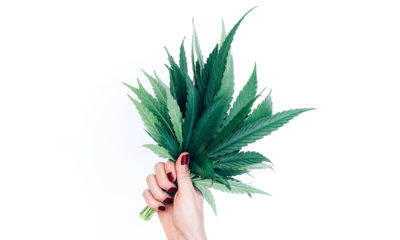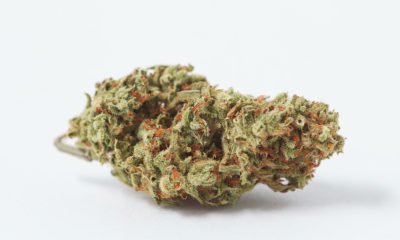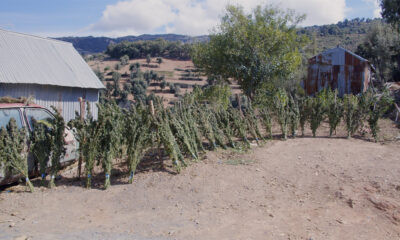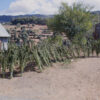
Culture
5 Ways Cannabis Can Save the Planet This Earth Day
Here’s how cannabis gives back to the Earth — and how you can do your part, too.
Earth Day is a great time to check in with yourself and think about what you can do to better support this heavenly body we all occupy. That could mean actually taking the time to recycle correctly, or choosing public transportation over an Uber. But another (and, honestly, more fun) way to celebrate our planet is to consciously support the cannabis brands that prioritize environmental stewardship.
But there’s also a bigger picture to consider.
A look at the long-term environmental impact of cannabis cultivation demonstrates how vital it is that everyone — especially those in the industry — does their part to prioritize Earth’s health. There are a lot of different ways to for big companies to practice sustainability — and as a consumer, you can get in on the action by ditching disposable vape cartridges or buying your bud from a local source. Some critics think family farming could herald in a greener future for cannabis, while others have hopes for responsibly grown cannabis on a larger scale. But no matter the outcome, cannabis (and the cannabis industry) can still be a part of the plan to keep Earth happy and healthy.
Curious about how cannabis itself can uplift our planet’s well-being? Check out some of these ways this plant can make a positive difference, not just on Earth Day, but far into the future.
Hemp Provides Sustainable, Alternative Goods
From textiles and paper to housing, food and fuel, there are so many uses for hemp that could completely change how everyday items are produced and consumed forever.
Hemp is easy to grow, freshly legal and best of all, it’s a zero-waste plant: Everything from the seeds that can be eaten or used in wellness products to the stalks that can be converted into hempcrete, a building material which can be used to construct ecologically-friendly houses.
Outdoor Cannabis Cultivation Can Help Reverse Climate Change
There are ways to mindfully grow cannabis that can actually help the environment. Farms like Beija Flor in southern Mendocino County that utilize a carbon sequestration model make a major difference, with plants that capture carbon dioxide in the atmosphere to help mitigate or defer global warming and reduce the consequences of climate change.
Carbon sequestration occurs naturally with trees and plants, but intentionally using cannabis as tool to improve the planet might just be a game-changer.
Legal Grows Help Save Energy and Water
In states where cultivators can’t grow cannabis legally, they are forced to use clandestine methods that can cause major environmental damage. This fallout may include severe water depletion, massive carbon emissions and overall energy waste. Legalization would have a significant impact on reducing the number of illegal grows that hurt and drain the planet’s resources.
And coupled with the emergence of progressive techniques like dry farming, a cultivation technique that involves using no water whatsoever, there is hope that legal cultivation can further reduce its carbon footprint.
Hemp Can Revive Damaged Soil
Hemp can replenish the nutrients in soil through a process called bioremediation, which cleans up environmental pollutants and toxins. This means the plant can be used to help reverse previous damage — a property that could majorly impact on the future of farming and cultivation. It’s even been referred to as a “miracle crop” due to its clear contaminated soil of things like metals, pesticides, solvents, crude oil and other hazardous materials.
Hemp Can Help Stop Untimely Deforestation
The permanent destruction of forests in order to make paper products or building materials has caused irreparable harm to the trees on the planet. Hemp not only grows much faster than trees, it also takes much less hemp to produce the same amount of goods, which makes it an excellent raw alternative for both wood and paper.
























